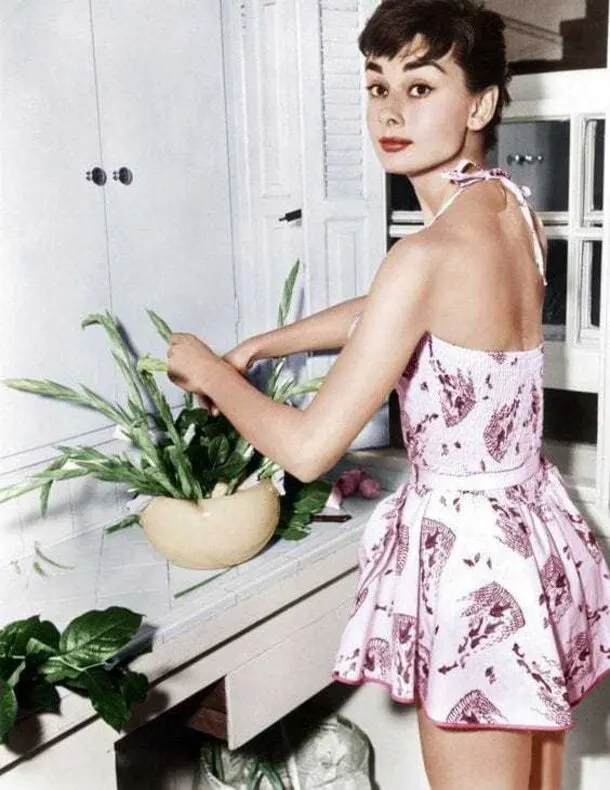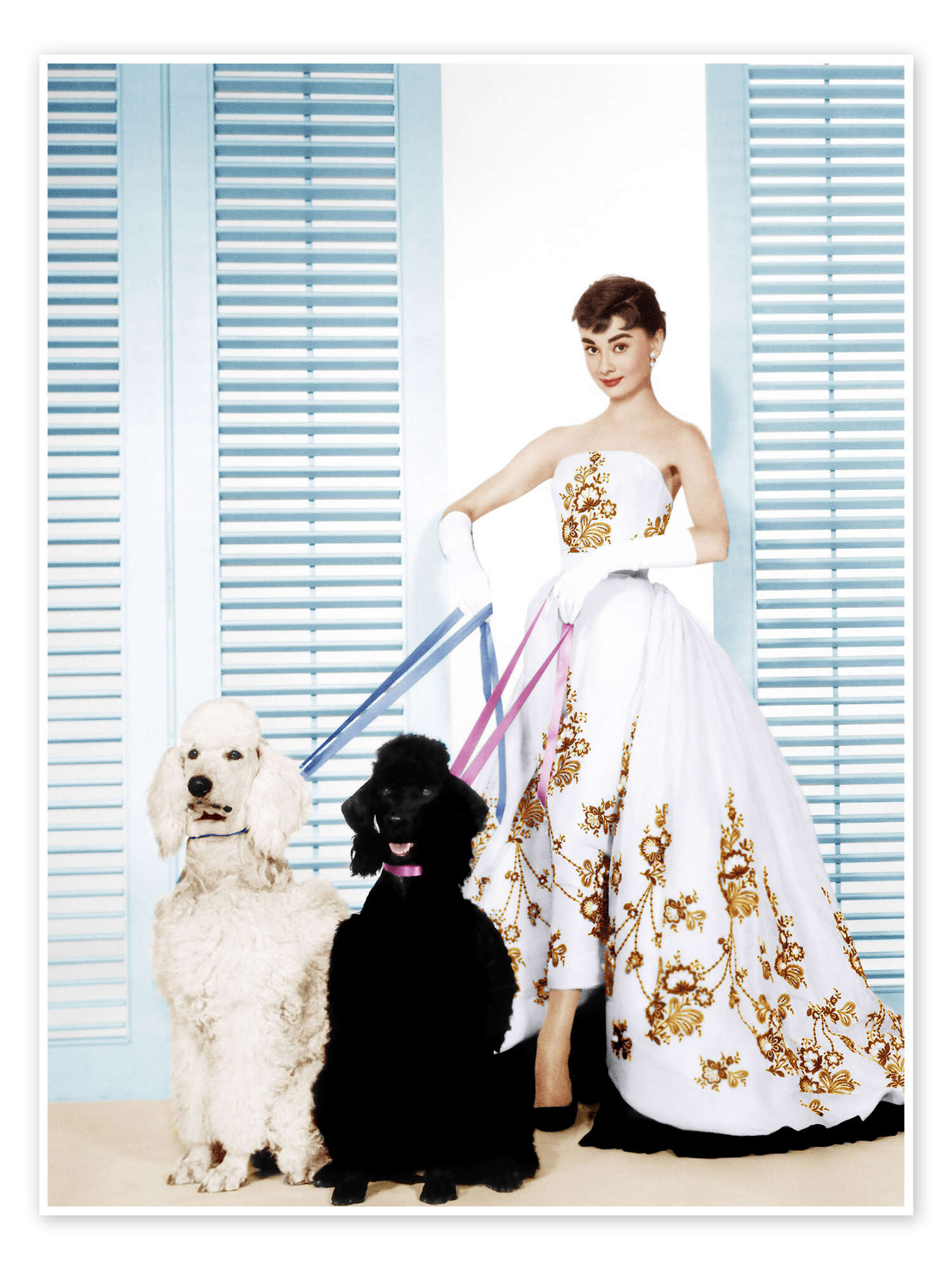Audrey Hepburn once remarked that the only reason she survived childhood was because “the Nazis didn’t find [her] interesting enough.” It’s a haunting statement — not one you’d expect from the woman immortalized in a little black dress in Breakfast at Tiffany’s. But long before she became one of the most recognizable faces in Hollywood, Audrey was a barefoot teenager in Nazi-occupied Holland, smuggling resistance messages in her shoes and praying she wouldn’t be stopped at the next checkpoint.
Born in Belgium and raised in the Netherlands during World War II, Audrey’s earliest identity wasn’t that of an actress, but a survivor. Her family was torn apart by war — her uncle executed, her brother sent to a labor camp. Food ran out. Friends disappeared. She spent days hiding in basements, learning how to make hunger and fear look normal. Her escape was ballet — not just as an art form, but as quiet rebellion. She danced at underground fundraisers to support the Dutch resistance, never smiling, always listening for German boots pounding the stairs.

When the war ended, she didn’t run toward the spotlight out of vanity or ambition. She had already survived the darkest kind of drama. Acting wasn’t an escape — it was a way to channel the grace she had earned in silence.
Audrey’s rise in Hollywood was meteoric. Roman Holiday, Sabrina, Funny Face — she didn’t just shine, she shifted the tone of what stardom looked like. Unlike the hyper-glamorous icons of the time, Audrey disarmed the camera. Her elegance was never loud; it was laced with shadows. The waif-like frame so often envied was the result of wartime malnutrition. The wide eyes weren’t innocence — they were watchful, shaped by years of hiding and surviving.

Yet fame never consumed her. If anything, it clarified her priorities. She turned down roles that didn’t align with her beliefs. She refused to be molded into another sex symbol. Audrey wanted to play women with substance, integrity, and emotional truth. The same quiet strength that once helped her survive under Nazi rule now helped her navigate the pressures of Hollywood.
In the 1980s, while still a legend, Audrey stepped away from film to serve as a UNICEF Goodwill Ambassador. She visited war zones, held dying children, and spoke with a dignity that needed no script. She didn’t just lend her celebrity — she gave her time, her empathy, her whole self. It was the final evolution of a life rooted in resilience.

Audrey Hepburn was not delicate. She was durable. Under the Givenchy gowns and pearls lived a girl who had watched the world collapse — and made it her life’s work to stitch a little of it back together.
So why, even now, do we reduce her to just a dress and a cigarette holder? The real Audrey was more than an icon — she was unshakable grace forged in fire. And that, not the wardrobe, is what made her timeless.



